Another selection of Spain’s top historical locations
So, this is part two of my UNESCO World Heritage Sites to visit in Spain. I just felt to squeeze all of these fantastic places into one post didn’t quite do them justice. As mentioned in part one, Spain has such a rich history, that it just brims with UNESCO sites.
Prior to Gary and I setting out on any trip we usually look out for UNESCO World Heritage Sites in local regions.
These are the ones we have found when we have previously visited Portugal and France.
There are some locations here that people often flock to, and there’s sound reasoning for this. Hopefully, there are a couple that you may never have heard of or not visited yet. Leave me a comment if you have some recommendations yourself.


Our second selection
- The Historic walled town of Cuenca
- Archaeological Ensemble of Mérida
- Burgos Cathedral
- Cathedral, Alcázar and Archivo de Indias in Seville
- Historic City of Toledo
- Renaissance Monumental Ensembles of Úbeda and Baeza
- Old Town of Segovia and its Aqueduct
- Routes of Santiago de Compostela
- Mudejar Architecture of Aragon – Teruel

Although what is unique about Cuenca is the Casas Colgadas, the Hanging Houses.
They are marvellous to look at; they appear to be clinging to the edge of the rockface, I really don’t think I could live in one of these. Cuenca was inscribed onto the UNESCO World Heritage List in 1996.
Where to stay in Cuenca
Our accommodation for the 2 nights we were in Cuenca, was at the Parador de Cuenca. This hotel (once a convent) is in a wonderful location with views across the Huécar gorge.
If you suffer from acrophobia, then this hotel is probably not for you, as you have to cross the San Pablo bridge to get into town (or a very long walk around).

Stay informed


There are so many incredible places to discover in Spain and I love planning road trips. I often use the DK Guides,
I find them extremely informative, easy to follow and the pictures and maps tempt you into searching for more

Fast forward, and we are in Burgos once more, and this time, we are going to explore the inside of the magnificent Burgos Cathedral.
The Cathedral of Saint Mary of Burgos is a 13th-century Gothic cathedral that stands proud and prominent in the city’s heart. Construction began in 1221, but it wasn’t completed until 1567.
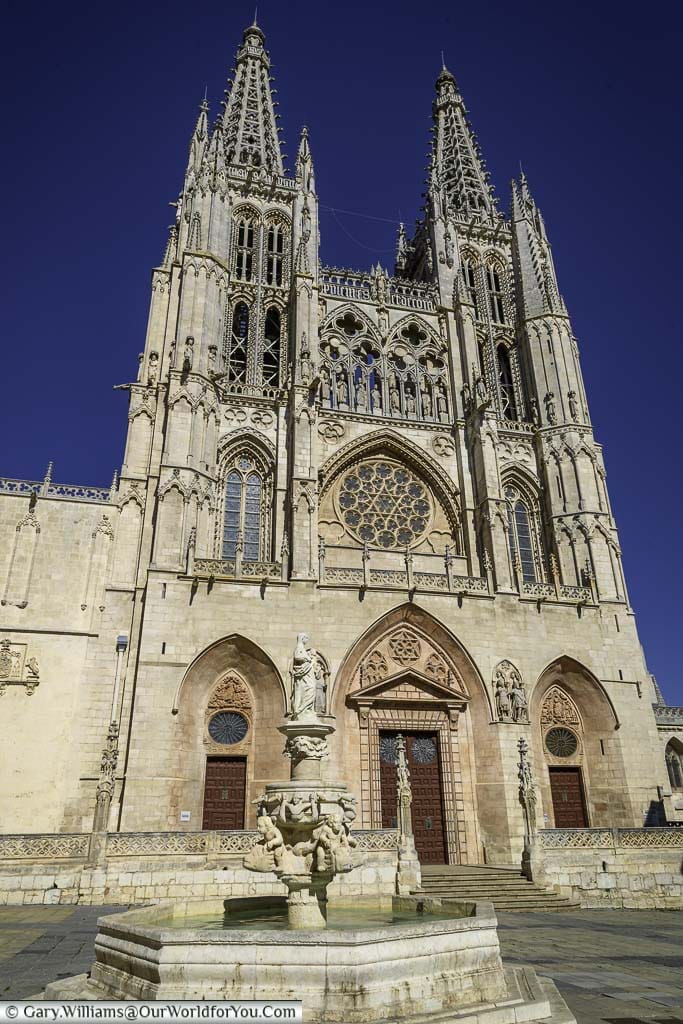
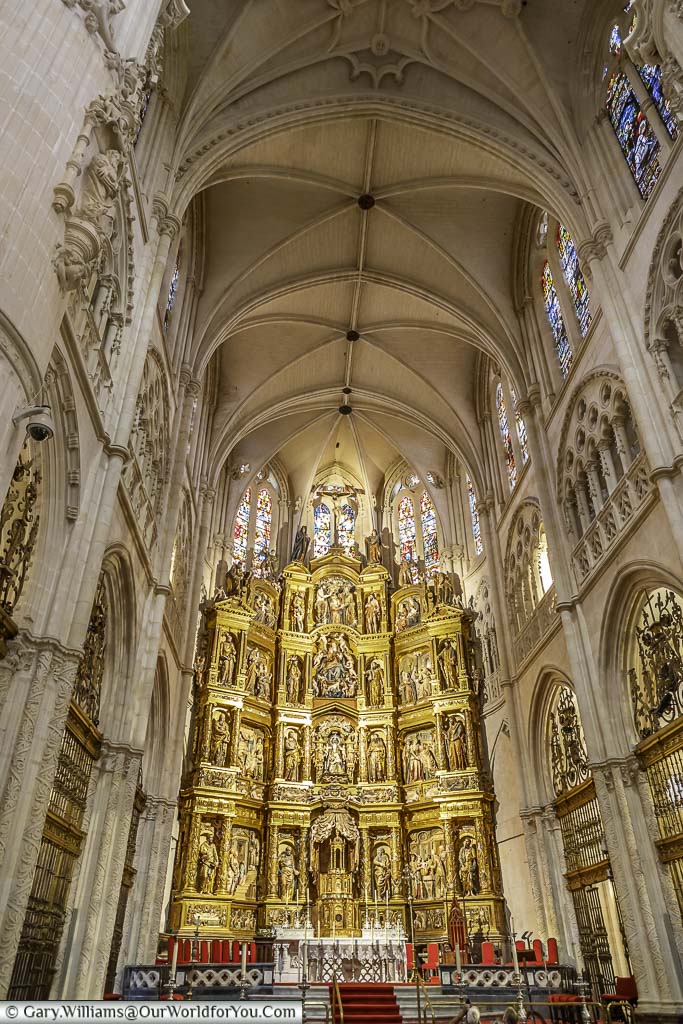
Burgos Cathedral is stunning inside and out; and the attention to detail throughout the chapels is extraordinary. While strolling around the cathedral, keep a lookout for the tomb of El Cid, a Castilian knight and ruler of medieval Spain.
The beautiful cathedral was inscribed as a UNESCO World Heritage site in 1984.
Where to stay in Burgos
A little bit of trivia


The architecture in Seville is beautiful, I just love the Moorish style, and the three buildings that are listed on the UNESCO World Heritage Site are incredible.
I know there are queues, but they are really worth the time and effort. The detail and opulence inside the Alcázar are magnificent, and the gardens are stunning to wander around.
Where to stay In Seville


If the Alcázar wasn’t enough, then head over to the equally magnificent Seville Cathedral. It is huge, and particularly when you walk inside, you really get a sense of the enormity of the church. There are lovely cloisters and gardens within the grounds, and also the cathedral houses the tomb of Christopher Columbus.
This is an ideal package; not only do you skip the long queues at the Alcázar and Seville’s Cathedral, you also get a 3-hour guided tour.
We love Seville, and it's a great base to explore Andalucía, I love nothing more than planning a trip and so often I use the DK Eyewitness books. I find them extremely informative, easy to follow and the pictures and maps tempt you into discovering more.
We used a previous version of this book to plan our southern Spanish road trips, now you can grab the revised copy.

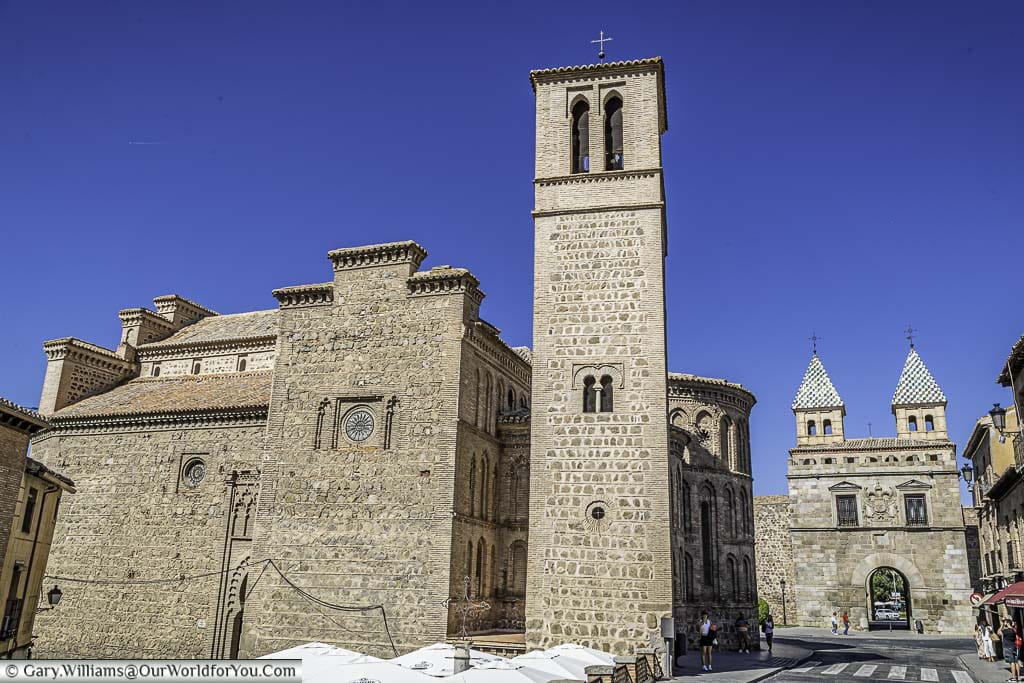
Toledo offers some unusual souvenirs for its visitors. The city has a long history in the production of swords, so you can imagine what you can take home as a keepsake. The Historic City of Toledo was added to the UNESCO List in 1986.
You won’t want to miss Toledo’s historical sites, join a 3-hour tour to visit three of the monuments and you are then free to discover the other three at your leisure.
Where to stay in Toledo


The Renaissance buildings of Úbeda and Baeza were inscribed onto the UNESCO World Heritage List in 2003.
Take a wander throughout the two little cities as they are a real pleasure and why not get yourself some olive oil while your there.
Where to stay in Úbeda
Our accommodation for the 2 nights we were in Úbeda, was at the Palacio de la Rambla. This hotel has a wonderful inner courtyard which is attributed to Andrés de Vandelvira, the Renaissance architect.
It is just on the outskirts of the Old Town, so very central.

Create your own Spanish Road Trip


Segovia has such a rich depth of history throughout the old town.
Not only does it have the ancient aqueduct, but it also has 11th-century Alcázar and a 16th-century Gothic Cathedral, which was the last Gothic-style cathedral to be built in Spain.
Where to stay in Segovia

If you are staying in the bustling city of Madrid, why not head out for a day and visit the historic cities of Segovia and Toledo.
An 11-hour guided tour will escort you to both towns and allow you to skip the lines.


There are so many incredible places to discover in Spain and I love planning road trips. I often use the DK Eyewitness books, I find them extremely informative, easy to follow and the pictures and maps tempt you into searching for more.
We used a previous version of this book to plan our Spanish road trips, now you can grab the revised copy.
Our incredible journey now takes us to eastern Spain to the little-known hilltop city of Teruel in the Spanish region of Aragon.
The charming city of Teruel sits high within the Aragon mountains and was once a walled city, of which some remains can still be seen today. The historic old town has had a rich and turbulent past dating back millennia. Its journey spans from ancient Iberian settlements to Roman conquests, with Moorish influences and the brutal scars of the Spanish Civil War.


Teruel was inscribed onto the UNESCO List in 1986 for its historic Mudejar Architecture of Aragon.
The iconic examples of Mudéjar architecture to be found in Teruel are the tower, roof, and cimborio of the Cathedral of Santa María de Mediavilla de Teruel; the tower and church of San Pedro de Teruel; the church tower of San Martín de Teruel; and the church tower of Salvador de Teruel.
The four historic towers dotted around Teruel are stunning. Their intricate façades are exquisite, adorned with eye-catching glazed ceramic tiles and colourful bricks.
Where to stay in Teruel
Our accommodation in Teruel was at the Gran Hotel Botánicos, just a short hop to the Plaza El Torico in the heart of the Old Town and nearby the Escalinata del Óvalo. The room was extremely comfortable and clean, perfect for a couple of nights’ stay.
Gran Hotel Botánicos has onsite parking with direct access to the hotel; a daily charge is applied.
More of UNESCO Spain
Did you catch our earlier post; we had another eight locations for you to explore in Spain in a post entitled - 'UNESCO World Heritage sites to visit in Spain – Part 1'. Why not check it out if?
Of course, we also listen - what other UNESCO sites in Spain should we include on our next visit to Spain? why not leave us a comment below?
* This post may contain links to affiliated sites where we earn a small commission at no additional charge to you.
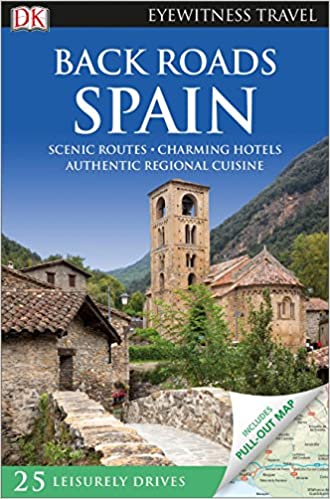

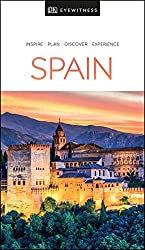

What an amazing trip to the Unesco site in Spain. Your photos are stunning and make me feel like I was strolling along with you. Seville, with its incredible Moorish architecture is top of my list. #FarawayFiles
Thanks very much, there are so many incredible places in Spain, although I do agree with you, as I love Seville too.
I’ve spent a lot of time in Spain but not so much in the north. It looks like there’s a whole world of historical treasures to be discovered there. Segovia definitely looks like a must-visit, the aqueduct and cathedral both look very impressive. #farawayfiles
There are some beautiful places in the north Spain and like you say, so much history, Salamanca and León a lovely cities too. Although the aqueduct in Segovia definitely needs to be seen.